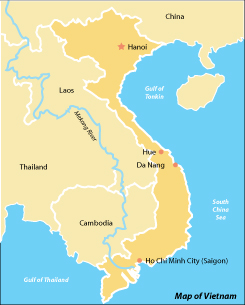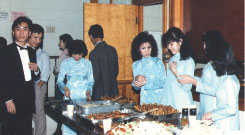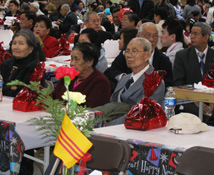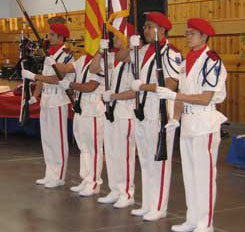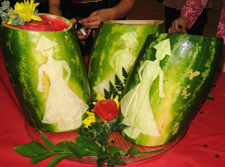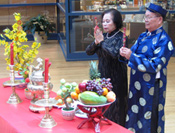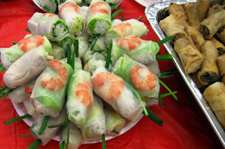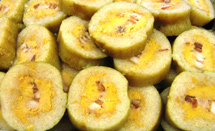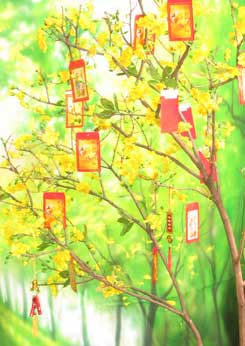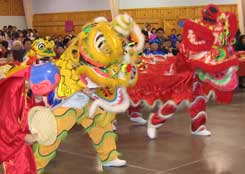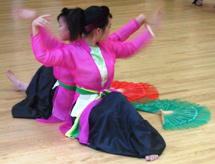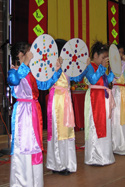| |
|
|
||
| |
|
|
||
| |
| Vietnamese Tét New Year —Chúc Mú'ng Nám Mó'i |
For about 3,000 years, China influenced and controlled Vietnam. The country enjoyed 900 years of independence until the French Freedom did not last long. The Geneva Accord split the country into a Communist north and a capitalist south. Conflict rapidly ensued as U.S. aid to South Vietnam increased and then escalated. From March 1965, when American troops landed in South Vietnam, until the fall of Saigon Tét The Vietnamese, like many other ethnic groups, follow a lunar calendar. This means that Tét, which occurs in the 12th moon month and lasts for three days, takes place sometime between the last 10 days of January and the middle of February on the western calendar.
The Vietnamese-American Community in Iowa, VACI, is one of the primary organizers of the annual Iowa Tét celebration. Formed in Des Moines in 2004 to unite Iowa’s Vietnamese people, the organization wants to keep alive their ancient traditions. Working with the Vietnamese Buddhist Temple, South Vietnamese Veteran Association and a host of other organizations, the VACI brings the community comes together each year to welcome in the New Year. TOP
Múa Lân: Dragon Dance
Text by Vinh Nguyen & Riki Saltzman. Photos by Riki Saltzman. Tet photo c1982 courtesy of Vinh Nguyen. Audio Provided by Vinh Nguyen.
|
